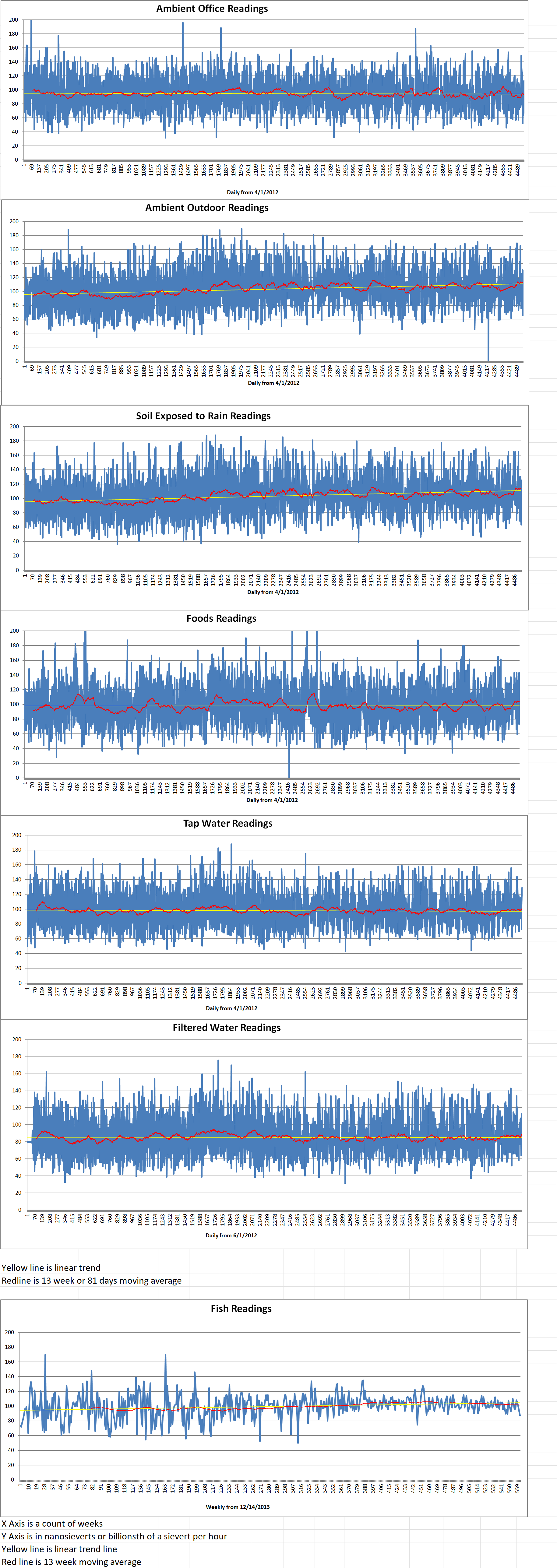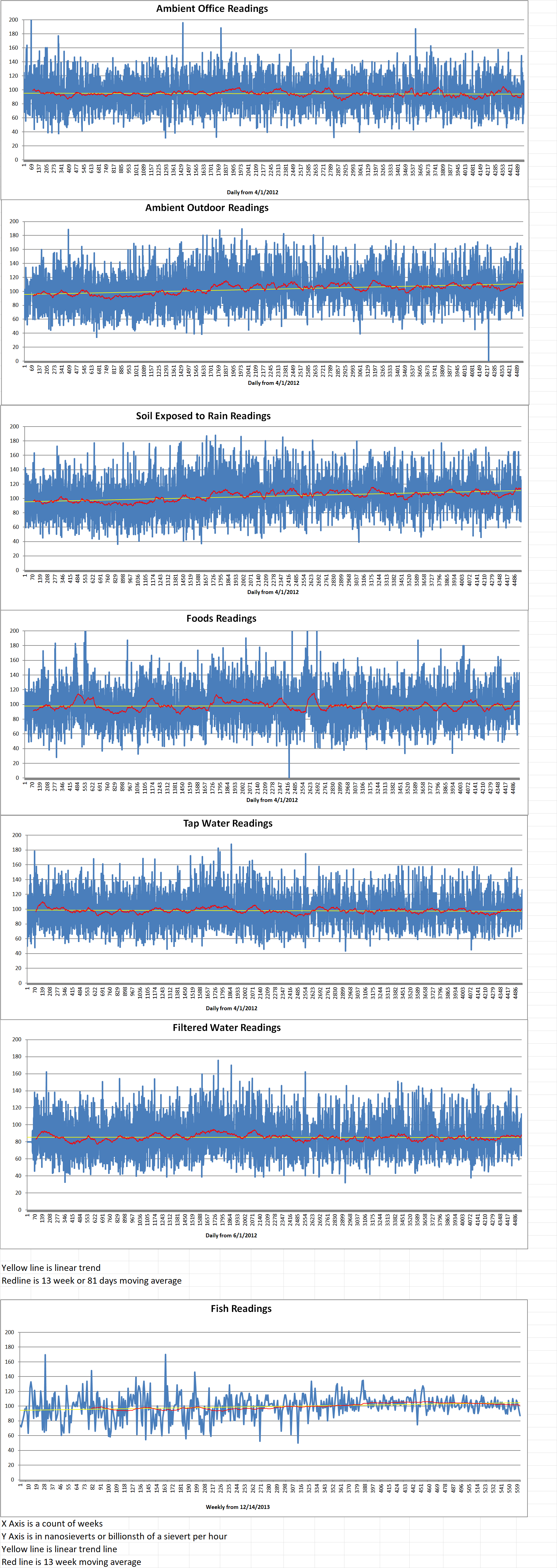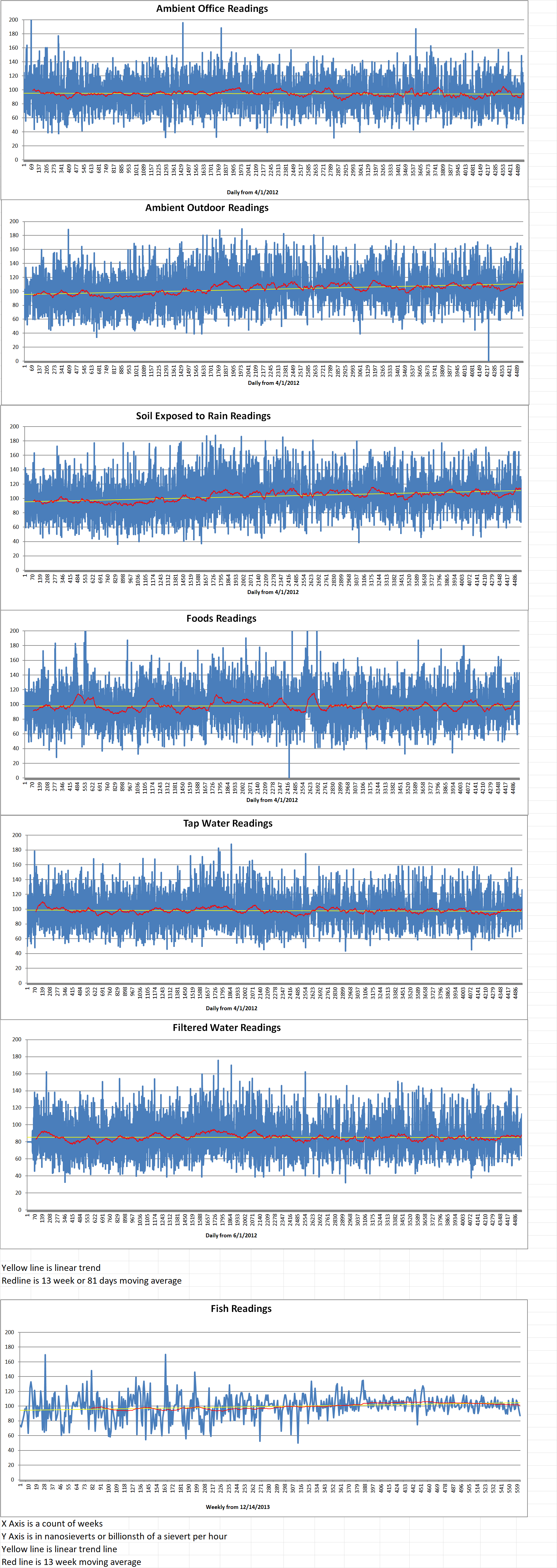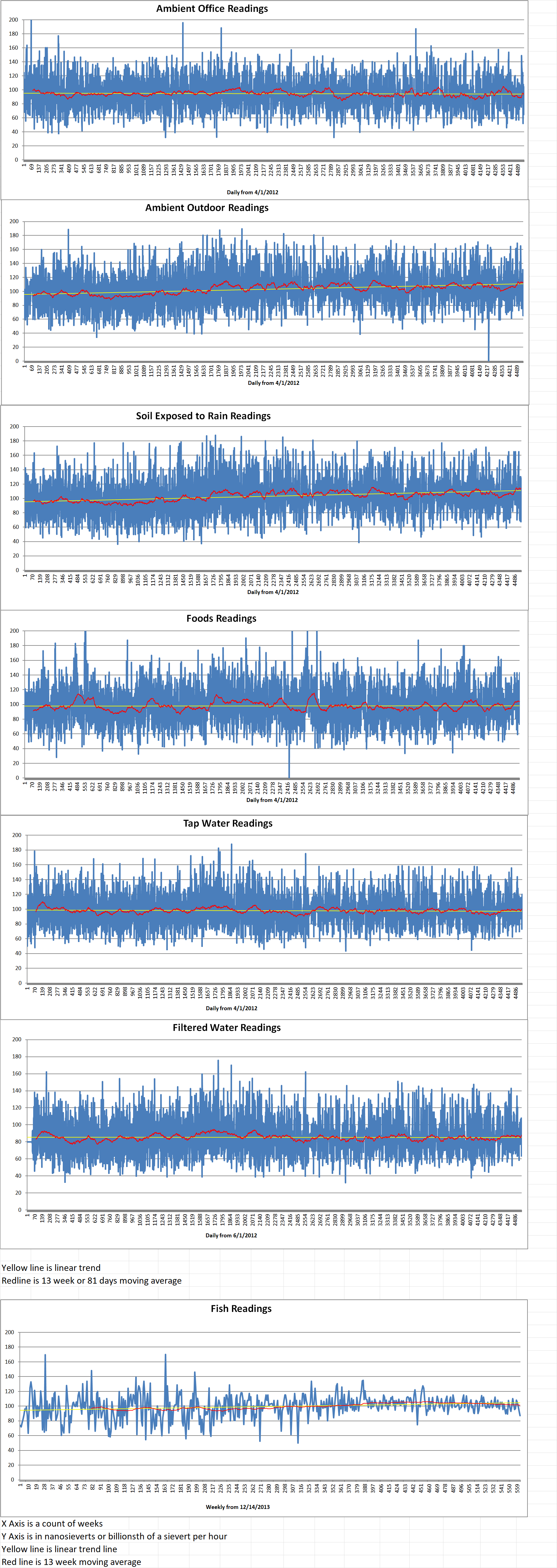Moltex Energy Canada Inc has started pre-licensing consultation with the Canadian Nuclear Safety Commission in relation to the development of its Waste to Stable Salt (WATSS) process for converting spent uranium oxide fuel into molten salt reactor fuel.
The innovative process extracts valuable materials and radioactive byproducts from spent nuclear fuel in oxide form, including Candu, light water reactor and certain fast reactor fuels, such as mixed oxide (MOX) fuels. It accomplishes this in a single, streamlined twenty-four-hour chemical process, with a versatile pretreatment step that the company says can accommodate exotic, experimental, or advanced reactor fuels.
The extracted transuranic elements are concentrated to create molten salt fuel, while fission products are removed. This reduces the volume of the waste dramatically but also transforms spent nuclear fuel into clean, dispatchable energy, permanently eliminating long-lived transuranic elements like plutonium, Moltex says. Coupled with the company’s Stable Salt Reactor-Wasteburner (SSR-W) reactor technology, the process enables the creation of a closed fuel cycle.
Moltex states that it has now signed a Service Level Agreement with the Canadian Nuclear Safety Commission (CNSC), which “lays out a framework for engagement and discussions with the regulator to receive feedback on key topical areas such as safety, security and safeguards, to ensure that regulatory requirements are suitably taken into account at every stage of the development”.
Moltex added, “This framework will in turn allow the CNSC to facilitate engagement with the International Atomic Energy Agency to ensure that the WATSS facility and associated fuel cycle will be compatible with the application of international obligations under the treaty on the non-proliferations of nuclear weapons, and ensure best practices are incorporated into the design as early as possible.”
Last month, Moltex announced that its WATSS process had been successfully tested on spent nuclear fuel bundles from a “commercial reactor in Canada” through hot cell experiments carried out by Canadian Nuclear Laboratories (CNL) which has the only facilities in Canada equipped to handle spent nuclear fuel. The experiments demonstrated that the process can extract ninety percent of the transuranic material from spent nuclear fuel in twenty four hours, with greater efficiency over longer periods of time, the company said.
The company intends to deploy the first WATSS unit at NB Power’s Point Lepreau site in New Brunswick. Molex also plans to deploy the first SSR-W by the early to mid-2030s. The commercial-scale demonstration facility will recycle an anticipated two hundred and sixty spent nuclear fuel bundles from existing Candu pressurized heavy water reactors and create recycled fuel for the entire sixty-year operating life of one three-hundred-megawatt demonstration SSR-W. Moltex said it is now progressing with the engineering design and safety analysis of the commercial facility.
Olivier Gregoire is the Licensing Manager at Moltex. He said, “We appreciate the opportunity to get early feedback on the design from the CNSC to ensure we are designing a facility that meets the highest standards. “Early engagement minimizes the risk of late-stage additions to the design which can create needless cost increases. This engagement will streamline site specific licensing.”
Moltex Energy Limited is the U.K.-based parent company of MoltexFlex Limited and Moltex Energy Canada Inc. Earlier this month, it was announced that the company had entered administration. When a company enters administration, it means that the company is insolvent and unable to pay its debts. Offers are currently being requested to acquire the business and assets of Moltex Energy Limited and/or shares in the company’s subsidiaries. The deadline for such offers is the 7th of May.







